Driving Through History at the Auburn Cord Duesenberg Auto Museum
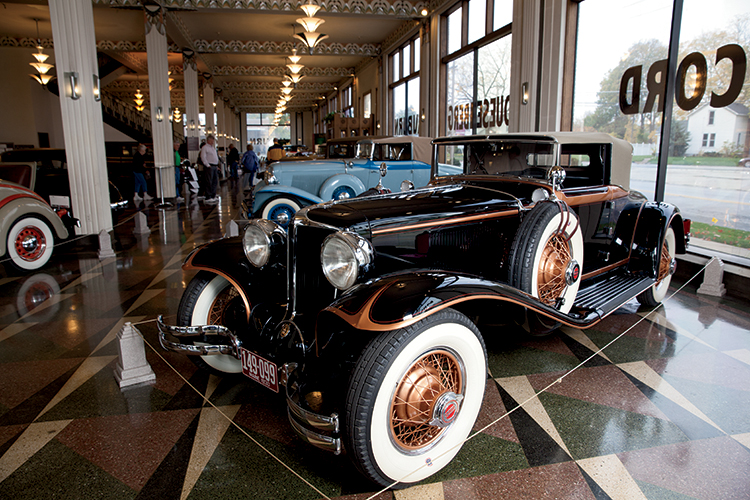
Before Detroit earned its Motor City moniker, there was Auburn, Ind. – home to the Auburn Automobile Company.
The company, originally founded in 1874 as the family-owned Eckhart Carriage Company, was one of the country’s first car manufacturers, producing the iconic Duesenberg and Cord models – named for Errett Lobban Cord, the company’s final owner – and the signature Auburn Speedster, nicknamed ‘the boattail’ for its curved body and distinctive rear design. The cars’ unique styling and exemplary engineering made their price tags too steep for Depression-era buyers, and the company ceased production in 1937.
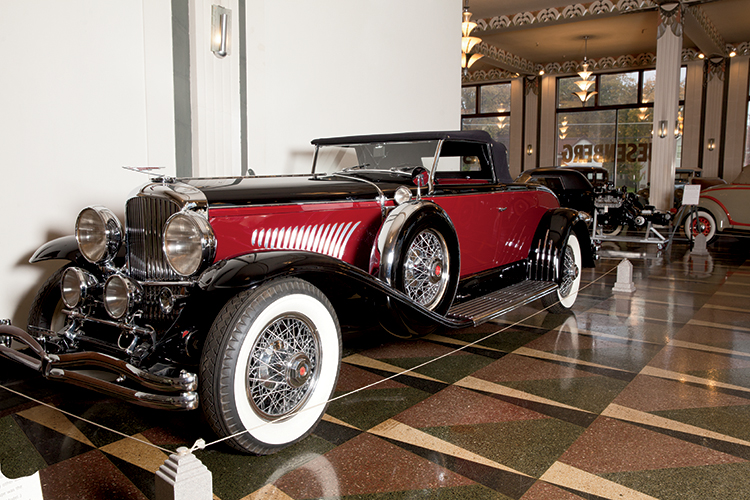
Factory-Installed Features
Today, the automobiles’ legacies and contribution to Auburn history live on through the Auburn Cord Duesenberg Automobile Museum, housed in the very international corporate headquarters that produced them. Kendra Klink, the museum’s chief operating officer, says after the Auburn Automobile Company closed, the art-deco building was used by other manufacturing industries.
“At one point, there was a clothing factory here, and at another time, there was a motorcycle repair outfit,” Klink says. “But once the building went up for sale, a group of locals got together and purchased it with hopes of making it a museum. The museum opened its doors to the public on July 6, 1974, and it went from being a very simple display of a handful of automobiles that local people owned to being the world-class museum that we are today.”
See More
The museum, designated a National Historic Landmark in 2005, comprises three floors of exhibit space showcasing more than 120 antique and classic automobiles, most of which have been donated by owners and collectors from all over the world. They range in age from automobiles that were built in 1894 to those built as recently as 2002. In addition to the Auburn, Duesenberg and Cord, the museum’s collection includes an early 1930s Packard, a Rolls Royce Phantom and a Cadillac V-16.
“What’s really cool about the museum is that since we are in the original building, we have beautiful art-deco styling both inside and outside,” Klink says. “The way the cars are set up makes them appear as giant works of art. Whether someone proclaims themselves to be a gearhead or a car nut, anyone can walk into our museum and really enjoy what we have on display and the story we’re telling.”
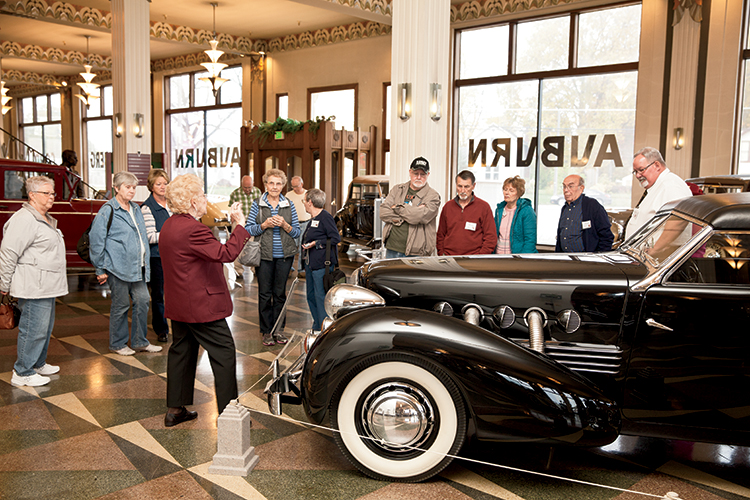
A Driving Force in the Community
The museum also exhibits historic artifacts from the Auburn Automobile Company and features replicas of the company’s original executive offices and design studios. Klink says these exhibits are also meant to celebrate the tie between the Auburn Automobile Company and the community.
“When the company was alive and well, a lot of people who lived in Auburn worked for the Auburn Automobile Company,” Klink says. “This is where five of the top automotive innovations that are still used today were invented, including retractable headlights and front wheel drive. The company was very far ahead of its time.”
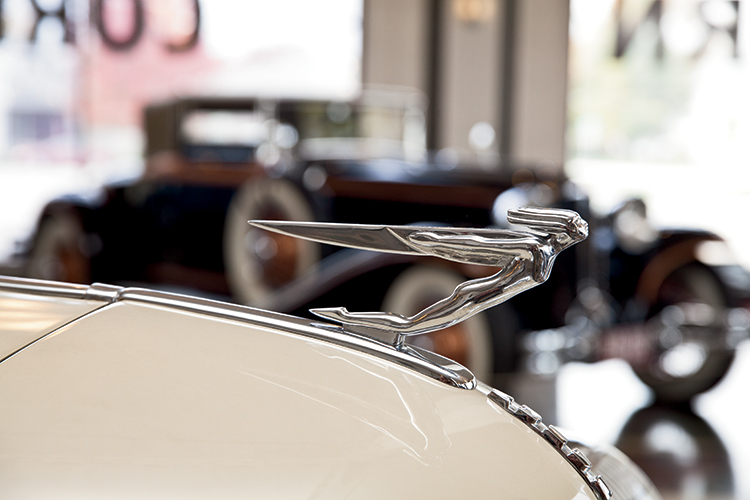
Shifting Toward the Future
The museum welcomes more than 50,000 visitors each year from every state in the U.S. and some 40 countries.
“Since we opened, we’ve welcomed over 2 million people. We hear from a lot of people, friends or fans of ours through social media asking questions or telling us they’re planning a visit to come here. You’ve got people who come in and say, ‘Oh my gosh, I remember my uncle or my great grandpa having a car like this.’ So this really is a special place,” Klink says.
She says the museum also offers formal study trip programs for local schools and promotes STEM – science, technology, engineering and math – education through a series of workshops and interactive activities that include a design studio in which kids can design their own automobiles.
“We participate in STEM education, but we add an ‘A’ for art and call it STEAM education because these automobiles really are works of art, and a lot can be learned about the way they were hand-designed and hand-assembled. That’s an artistry in itself,” Klink says.





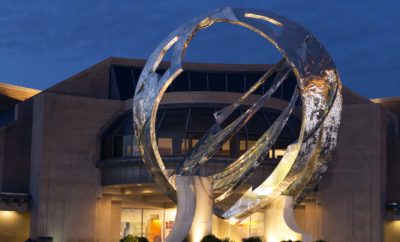
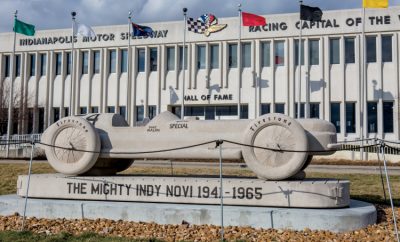

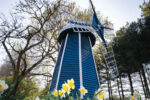




 My Indiana Home is produced for Indiana Farm Bureau members. Our mission is to connect you with the food you eat, the Indiana farmers who grow it and a rural lifestyle that is uniquely Hoosier.
My Indiana Home is produced for Indiana Farm Bureau members. Our mission is to connect you with the food you eat, the Indiana farmers who grow it and a rural lifestyle that is uniquely Hoosier.
Melody Kowalski
January 20, 2016 at 10:57 am
I have visited this wonderful museum a few times and each time I find something I have not seen before. Thank you.